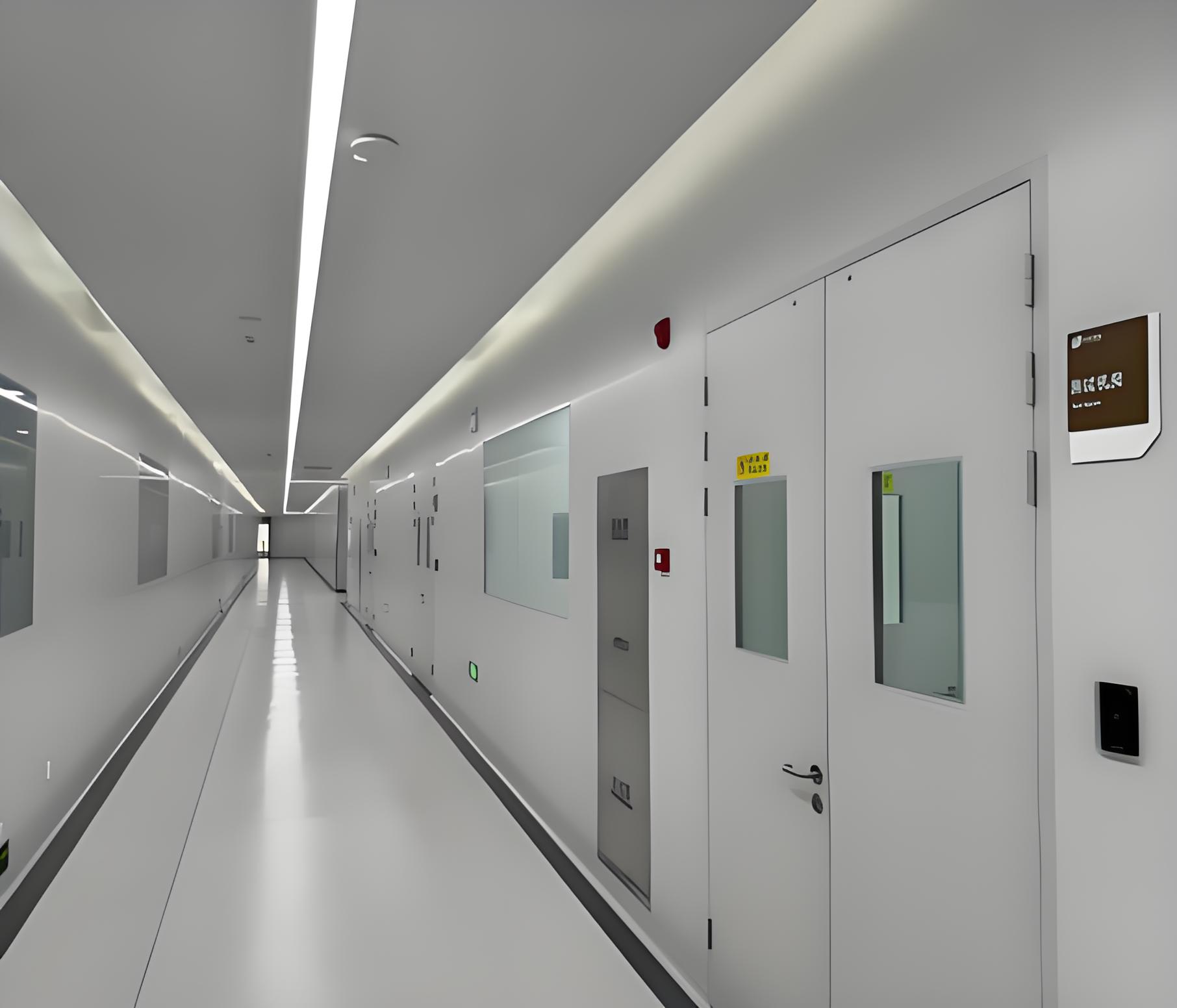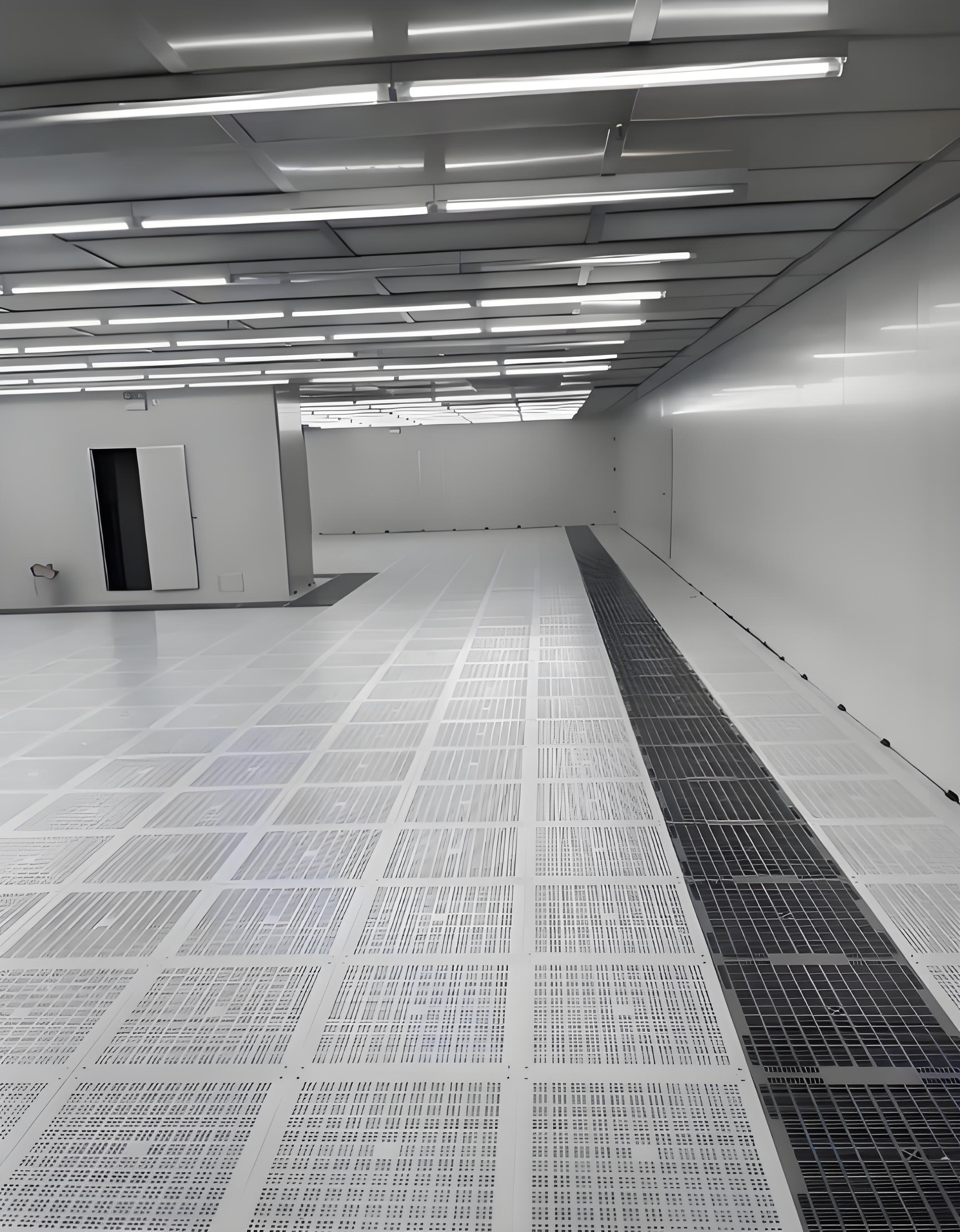




In the highly regulated and precision-driven worlds of pharmaceuticals, biotechnology, medical devices, semiconductors, and aerospace, the cleanroom is the very heart of operations. It is not merely a room; it is a critically controlled environment where air quality, temperature, humidity, and pressure are meticulously managed to protect sensitive processes from contamination. The journey from a conceptual need to a fully operational, certified cleanroom is complex and fraught with potential pitfalls. This is where the concept of turnkey cleanroom solutions becomes not just beneficial, but essential. This integrated approach, often encompassing Turnkey Cleanroom Design-Build Solutions and the cleanroom EPC (Engineering, Procurement, Construction) model, provides a single point of responsibility for bringing your controlled environment to life.

The term "turnkey" is aptly named. It implies that the client simply needs to "turn the key" to open the door and begin operations. In practice, turnkey cleanroom solutions refer to a project delivery method where a single contractor or consortium assumes total responsibility for every phase of the cleanroom project. From initial concept and detailed design to procurement of all materials, construction, installation, testing, and final validation, the turnkey provider manages it all.
This holistic approach stands in stark contrast to the traditional design-bid-build method, where the client must hire and manage multiple separate entities—an architectural firm, an engineering consultant, a general contractor, and various equipment vendors. This fragmented process often leads to communication gaps, budget overruns, scheduling conflicts, and finger-pointing when issues arise. Turnkey cleanroom solutions eliminate these challenges by providing seamless integration and accountability from start to finish.
The Design-Build methodology is the foundational engine of most turnkey cleanroom solutions. It collapses the traditional silos between the designers and the builders, uniting them under a single contract with the project owner.
Key Advantages of the Design-Build Approach:
Single Point of Contact and Accountability: You have one team to talk to, one contract to manage, and one entity responsible for the project's success or failure. This dramatically simplifies communication and problem-solving.
Faster Project Delivery: With design and construction phases overlapping and a collaborative team working from the outset, projects are completed significantly faster. Constructability issues are identified and resolved on the drawing board, not on the construction site.
Enhanced Cost Control: Early cost estimating and value engineering are inherent to the process. The integrated team can make informed decisions that balance performance with budget throughout the design phase, minimizing costly change orders later.
Innovation and Collaboration: The builder’s practical expertise is injected into the design phase, leading to more efficient, buildable, and cost-effective solutions. The focus shifts from simply meeting specifications to achieving the best possible outcome for the project.
A robust Turnkey Cleanroom Design-Build partner will handle everything from the architectural layout and structural considerations to the intricate mechanical, electrical, and plumbing (MEP) systems that are the lifeblood of any cleanroom.
For larger, more complex, or highly technical projects, the cleanroom EPC model is often employed. This is a specific type of turnkey solution that places a even stronger emphasis on the front-end engineering. The "E" in EPC is paramount.
Breaking Down the EPC Model:
Engineering (E): This phase goes beyond basic design. It involves deep-dive feasibility studies, detailed process engineering, rigorous system modeling (computational fluid dynamics for airflow analysis), and the creation of exhaustive documentation that will guide procurement and construction. It’s about proving the concept on paper first.
Procurement (P): The EPC contractor leverages its established supply chain networks to procure all necessary materials, equipment, and components—from structural panels and HEPA filters to sophisticated process machinery and control systems. This ensures quality, timely delivery, and cost savings through bulk purchasing power.
Construction (C): With a perfected design and all materials procured, the construction phase proceeds with minimal delays. The EPC team manages the entire construction process, including site preparation, foundation work, utility hookups, panel installation, and the integration of all complex systems.
The cleanroom EPC model is particularly valued in industries like semiconductor fabrication and advanced biologics manufacturing, where the margin for error is virtually zero and the integration between facility and process equipment is profound.
While design and procurement are crucial, the physical implementation is where the blueprint becomes reality. Expert cleanroom engineering installation services are the hands and tools of the turnkey cleanroom solution. This encompasses a wide array of critical tasks:
HVAC System Installation: The precise installation of heaters, chillers, ductwork, and, most importantly, HEPA or ULPA filtration systems. This is arguably the most critical system, responsible for maintaining air purity through strict air change rates and pressure differentials.
Cleanroom Envelope Construction: The meticulous assembly of walls, ceilings, and floors using specialized materials like painted steel, stainless steel, or composite panels that are non-shedding, easy to clean, and capable of maintaining airtight seals.
Utility Integration: The installation of purified water systems, clean gases, and other specialized utilities that feed directly into the manufacturing process.
Control Systems and Automation: Installing and programming the Building Management System (BMS) or Environmental Monitoring System (EMS) that provides real-time data and control over temperature, humidity, and pressure, often with full data logging for regulatory compliance.
Pass-Thrus and Airlocks: Integrating these critical components to maintain environmental integrity during the movement of materials and personnel.
Without flawless execution in cleanroom engineering installation services, even the most perfectly designed cleanroom will fail to meet its classification standards (e.g., ISO 14644-1).

Even with the best plans, cleanroom projects face universal challenges. A seasoned turnkey provider is adept at anticipating and mitigating these issues.
Budget Overruns: This is the most common fear.
Problem: Unforeseen change orders, design errors requiring rework, and fragmented contracting leading to cost-plus billing.
Turnkey Solution: Offers guaranteed maximum price (GMP) or fixed-price contracts. Value engineering during the integrated design phase identifies cost savings without compromising quality, locking in the budget early.
Project Delays: Time is money, and delays can postpone product launches and revenue.
Problem: Sequential design-bid-build process is inherently slow. Miscommunication between separate design and build teams causes rework and stoppages.
Turnkey Solution: The overlapping design-build schedule compresses the timeline. Single-point management ensures rapid decision-making, keeping the project on track.
Regulatory Non-Compliance: Failure to meet FDA, EMA, or ISO standards can be catastrophic.
Problem: A designer without construction experience may specify systems that are difficult to validate. A builder may misinterpret design intent.
Turnkey Solution: The team includes regulatory expertise from day one. The design is created with validatability in mind, and the same team that designs the room builds and validates it, ensuring seamless compliance.
System Integration Failures: The cleanroom must work as a single, harmonious system.
Problem: In fragmented projects, the HVAC, controls, and process equipment may not interface correctly, leading to performance issues.
Turnkey Solution: The turnkey provider manages all subsystems, ensuring they are engineered, procured, and installed to work together flawlessly from the outset.
Performance Validation (IQ/OQ/PQ): Proving the room works as intended is a complex, document-heavy process.
Problem: Often treated as an afterthought, leading to delays and discoveries of non-conformance late in the project.
Turnkey Solution: Validation protocols are written alongside the design. The team that installs the systems performs the Installation Qualification (IQ) and Operational Qualification (OQ), dramatically smoothing the path to final Performance Qualification (PQ) and regulatory approval.
Selecting a provider for your turnkey cleanroom solutions is a strategic decision. Look for a partner with:
A proven track record in your specific industry.
In-house expertise across all disciplines: architecture, engineering, construction, and validation.
Strong relationships with equipment vendors and material suppliers.
Transparency in their process and communication.
A portfolio of successful projects that they can reference.
Conclusion: The Value of a Unified Approach
In today's competitive and compliant-driven market, the risks of a fragmented cleanroom project are too great to ignore. Turnkey cleanroom solutions, whether framed as Turnkey Cleanroom Design-Build Solutions or a comprehensive cleanroom EPC project, offer a smarter, faster, and more reliable path to success. By bundling cleanroom engineering installation services under a single contract with a fully integrated team, you gain more than just a facility; you gain a partner dedicated to delivering a fully validated, performance-guaranteed environment that powers your innovation, protects your product, and safeguards your investment.